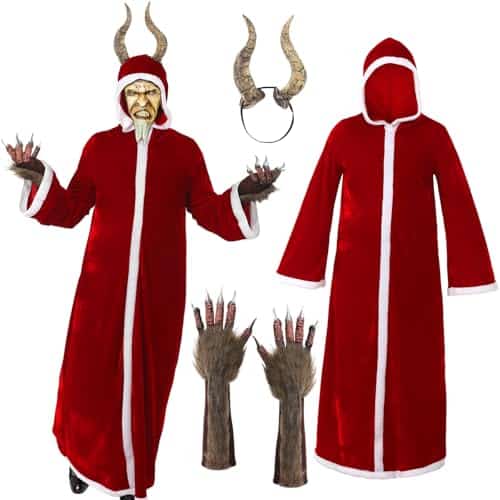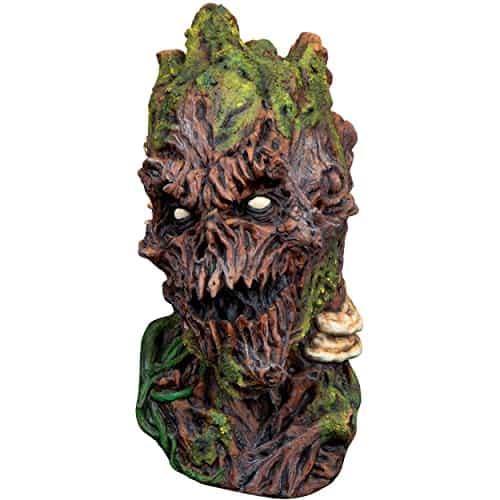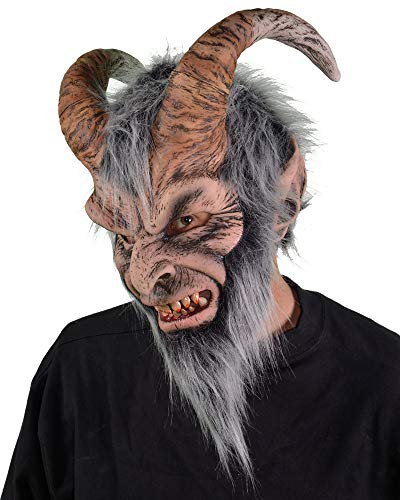Have you ever wondered how ancient folklore can reveal hidden truths about human nature? If you’re intrigued by the eerie myths, mythical creatures, and legends that have shaped cultures for centuries, you’re in the right place.
German folklore is a fascinating world full of strange and powerful creatures, from the misty Black Forest to the mysterious shores of the Rhine River, that continue to captivate the imagination of all who explore them.
You’re not alone on this journey. Many share a deep curiosity about mythical creatures, and we’re here to guide you through their world. With years of expertise in exploring folklore, we’ll help you uncover the secrets behind these tales. In this article, we’ll:
- The origins of German folklore
- Notable mythical creatures like Krampus and Lorelei
- German Folklore Creatures in Festivals and Traditions
By following our insights, you’ll gain a deeper understanding of these legendary creatures and their impact on German culture.
Continue reading to unlock the mystery and find out how these creatures still inspire art, media, and festivals today!
1. The Origins of German Folklore
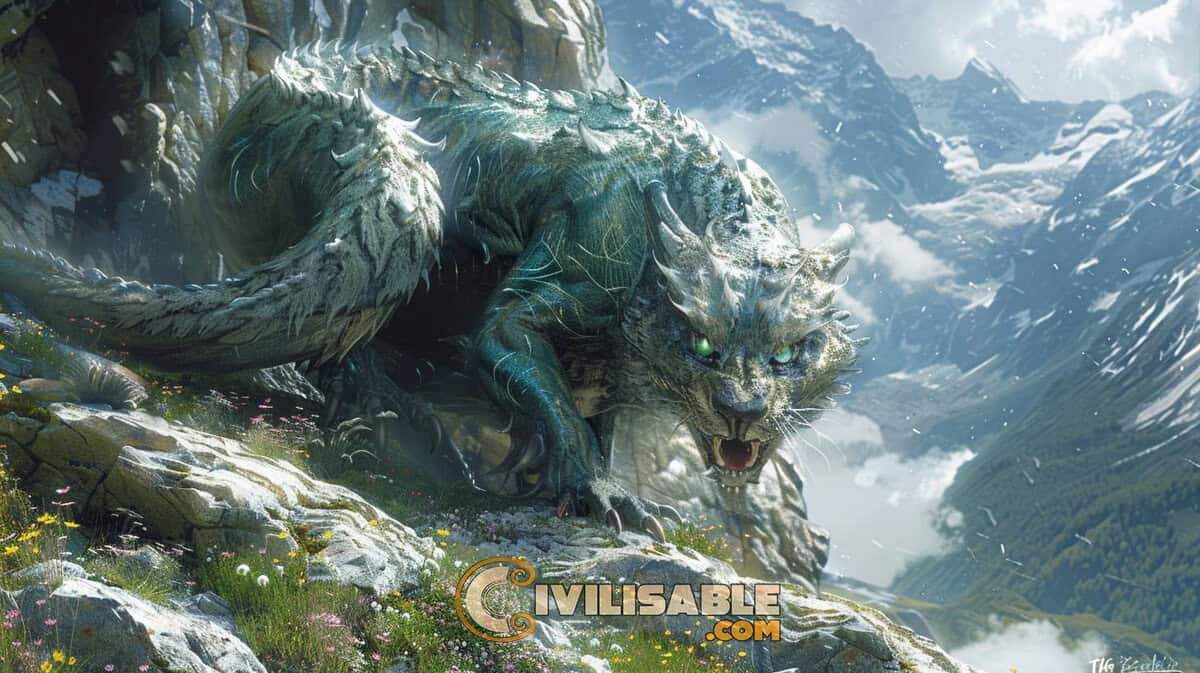
The origins of German folklore lie deep within the traditions of the ancient Germanic tribes. These tribes, speaking various Germanic languages, held strong beliefs in spirits and mythical creatures that governed the forces of nature. As their stories evolved over time, they became woven into the fabric of German culture.
Key aspects of the folklore:
- Early Roots: The folklore of Germany dates back to the Middle Ages, where it began to take shape, with many tales inspired by the natural landscape, particularly the deep forests, the Rhine River, and mountain ranges.
- Germanic Influence: The Germanic tribes believed that everything in nature had a spirit, from the rivers and trees to the mountains and caves, and these spirits would become the basis for many legendary creatures.
- Fairy Tales and Legends: Fairy tales played a significant role in preserving these mythical creatures. Stories collected by the Brothers Grimm and other folklorists helped bring these beings to life and spread them far beyond the borders of Germany.
These creatures were often used to explain natural phenomena or to scare children, teaching them lessons about behavior, consequences, and the mysteries of the world around them. With so many stories tied to the forests and waters of the Black Forest, these creatures became symbols of both danger and fascination.
See Also German Street Fashion
2. Notable German Folklore Creatures
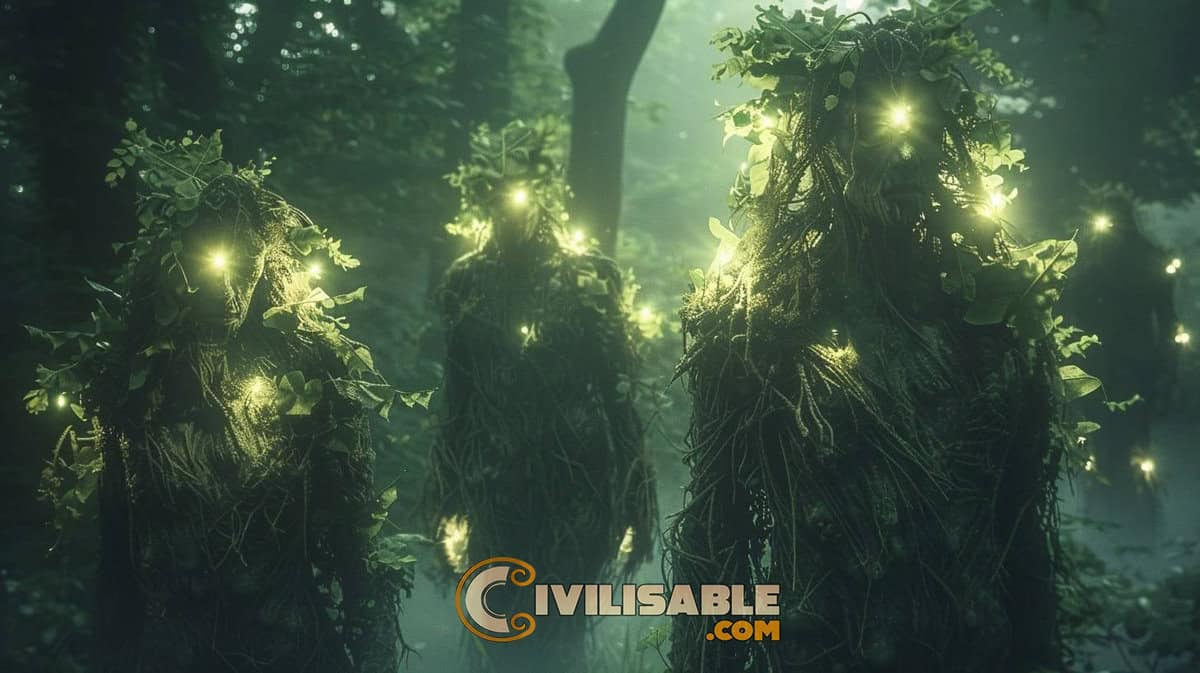
German folklore is rich with fascinating and terrifying creatures, each with its own unique traits, legends, and role in shaping the cultural landscape.
From dark spirits lurking in forests to seductive water beings, these creatures have captured imaginations for centuries. Below are some of the most notable mythical creatures in Germanic folklore.
Krampus: The Dark Christmas Companion
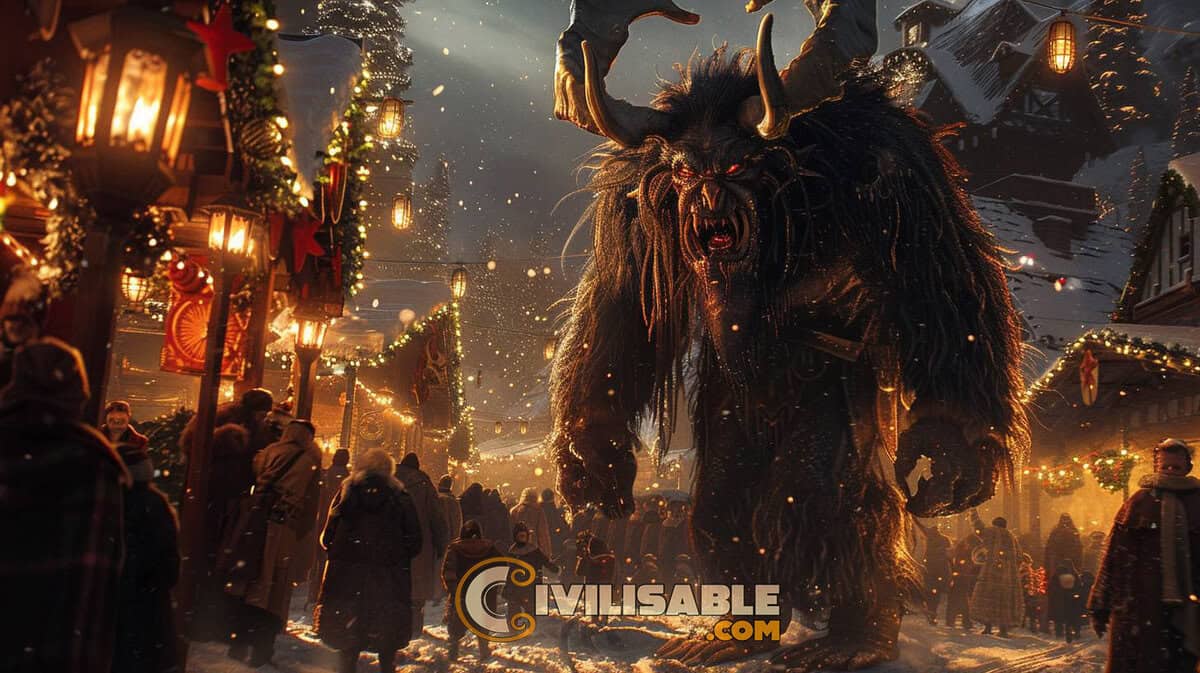
Krampus is one of the most infamous figures in German folklore, particularly during the Christmas season. A horned, demon-like creature, Krampus serves as the counterpart to Saint Nicholas, punishing children who have misbehaved.
- Appearance: Krampus is depicted as a monstrous creature with horns, a long, serpentine tongue, and chains.
- Role in Fairy Tales: Unlike the benevolent Saint Nicholas, Krampus frightens children into good behavior, often depicted as carrying a bundle of birch rods to beat naughty children.
- Celebrations: The Krampuslauf, or Krampus Run, is an annual event where people dress as Krampus and parade through the streets, scaring both children and adults alike.
His terrifying nature and connection to fairy tales highlight how folklore creatures were used to enforce moral behavior in children, ensuring that they stayed on the “right” path.
Der Nachtkrapp: The Raven of Night
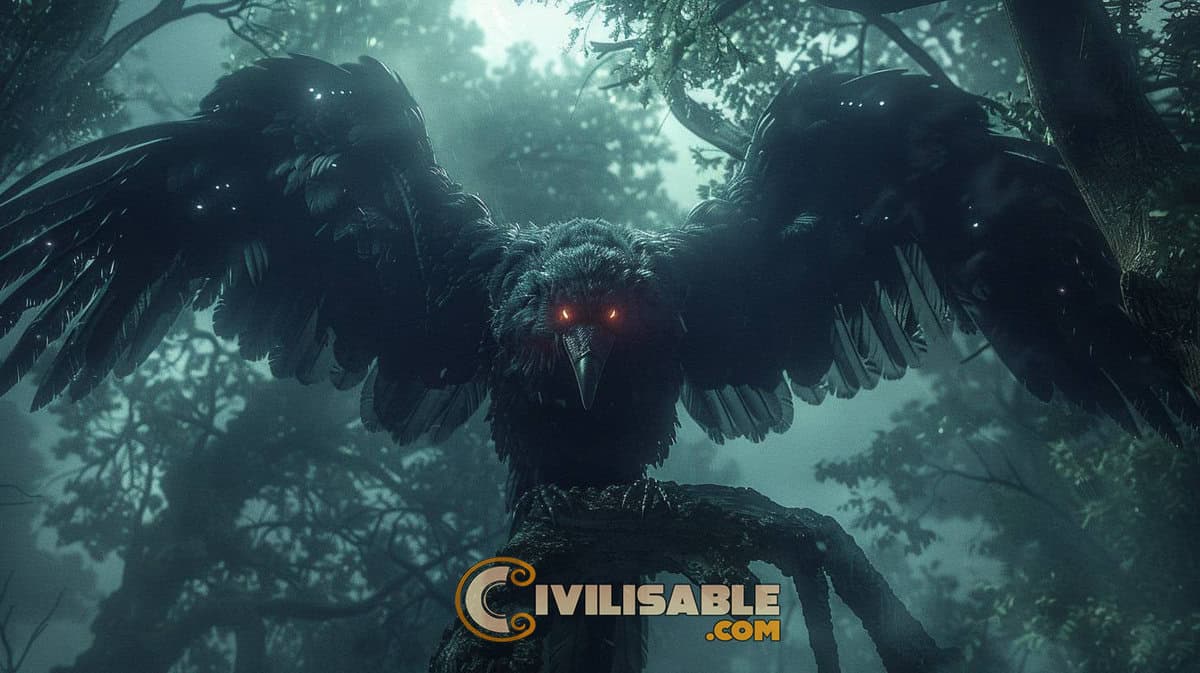
The Nachtkrapp, or Night Raven, is a sinister figure in German folklore, especially prevalent in northern regions. Said to embody the darkness of night, the Nachtkrapp was believed to swoop down from the shadows to scare children and punish the wrongdoers.
- Appearance: The creature is often described as a dark, ominous raven or an old man with bird-like features.
- Legend: The Nachtkrapp strikes fear into unsuspecting humans, symbolizing the dangers of the night and the unknown.
- Role in Folklore: It represents a warning to children about the consequences of straying from the safe path or behaving poorly.
The Nachtkrapp serves as a reminder of the dangers lurking in the shadows, with its connection to the Black Forest and mysterious night-time realms offering a deeper understanding of human fears.
Lorelei: The Seductive Water Spirit
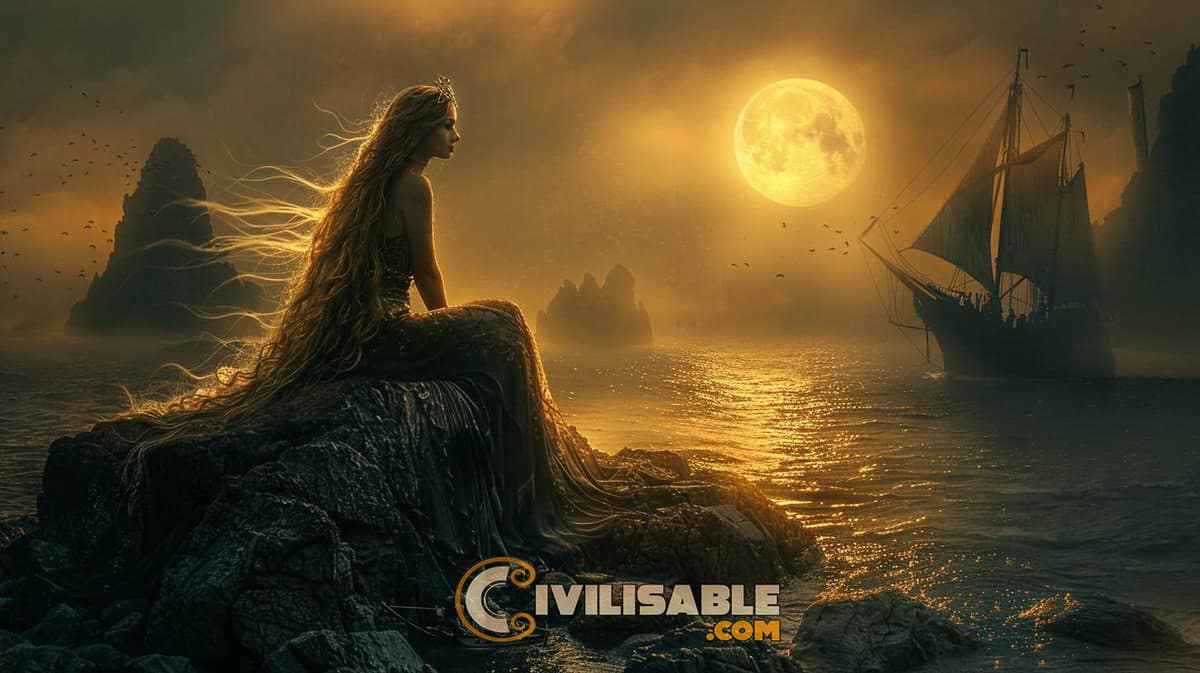
The Lorelei is one of Germany’s most famous water spirits, believed to inhabit a steep rock along the Rhine River. According to legend, Lorelei lures sailors to their doom with her enchanting beauty and song, causing them to crash against the dangerous rocks below.
- Appearance: Lorelei is often described as a beautiful woman with flowing golden hair, sitting on a rock by the river.
- Legend: Her voice captivates sailors, pulling them into the perilous waters of the Rhine, where they are often lost to the river’s depths.
- Symbolism: Lorelei represents the dangerous allure of beauty, as well as the unpredictable power of the river, which was an important part of German life.
The Lorelei continues to inspire songs, poems, and stories, symbolizing both the beauty and danger of nature, and making her one of the most enduring mythical creatures in German folklore.

The Tatzelwurm: A Creature of the Alps

The Tatzelwurm is a strange, serpent-like creature that lurks in the caves and mountains of the Black Forest and the Alps. With a body resembling a snake and a head resembling a cat, it’s one of the more unusual creatures in German folklore.
- Appearance: Described as a serpent with the face of a cat or dragon, the Tatzelwurm strikes fear into those who encounter it.
- Legend: The creature is said to reside in deep caves, and its roar is said to be heard echoing through the mountains, making it a symbol of the dangers of unexplored territories.
- Cultural Impact: The Tatzelwurm represents the mysteries and dangers of the natural world, where many unknowns still exist.
This legendary creature embodies the mystery of the Black Forest and other remote mountain ranges, where humans have historically feared what they could not understand.
Die Elfen: The Guardians of the Forest
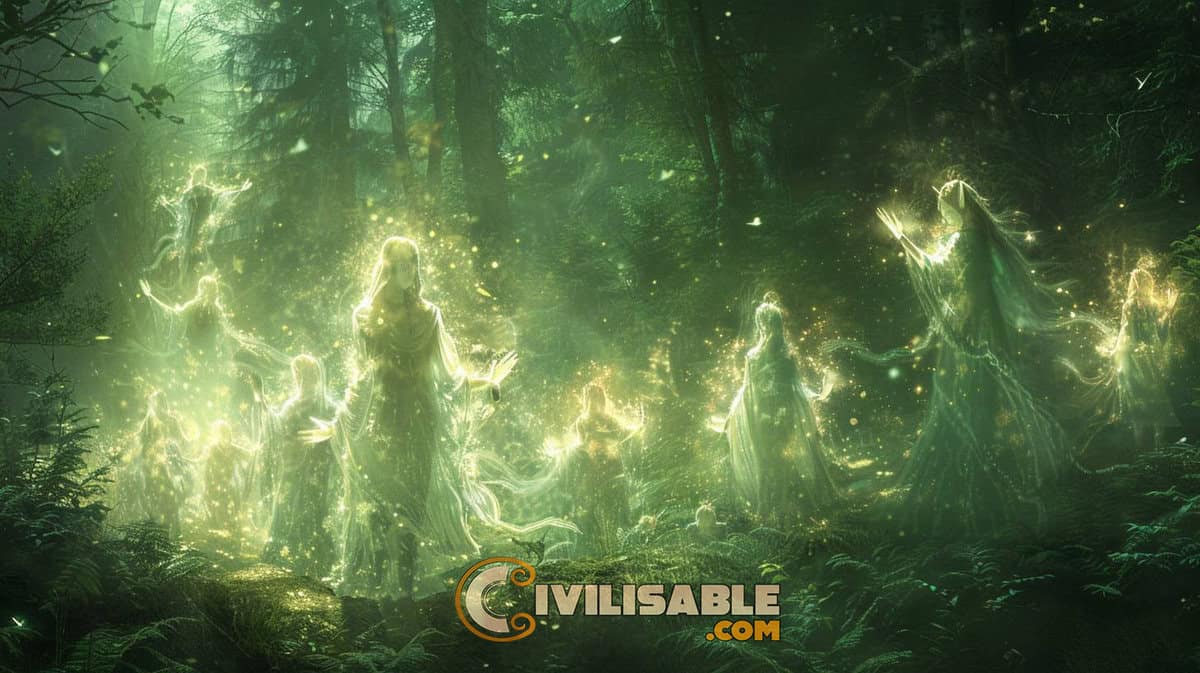
Elves or Die Elfen are small, magical beings that appear frequently in German folklore, especially in tales set within the Black Forest. These mystical creatures are often depicted as protectors of nature, guiding travelers and punishing those who harm the forest.
- Appearance: Elves are typically described as tiny, ethereal creatures with a connection to nature, often appearing with wings or in humanoid form.
- Role in Folklore: Elves serve as both helpful guides and tricksters, helping those who show respect to nature and punishing those who harm it.
- Symbolism: The Elfen are often seen as a bridge between the human world and the supernatural realm, emphasizing humanity’s relationship with nature.
In many fairy tales, these mythical creatures serve as mediators between the known world and the mystical unknown, reinforcing the importance of respect and reverence for the natural world.
Frau Holle: The Winter Goddess

Frau Holle, or Mother Holle, is a winter goddess in Germanic folklore, often linked with the changing seasons and the coming of snow. She is best known for her role in fairy tales like Frau Holle, where she shakes her featherbed to bring snow to the earth.
- Appearance: Frau Holle is depicted as an elderly woman with a powerful connection to the elements of winter and the natural world.
- Legend: Her story involves rewarding the kind and punishing the lazy, and she is known to control the weather, specifically snow.
- Cultural Significance: Frau Holle’s tale emphasizes the importance of hard work, kindness, and the cycles of nature, making her a central figure in German folklore.
As a mythical creature, she is often associated with the winter months and the deep lessons these seasons bring about nature’s life cycle and human behavior.
Wendigo: A Mythical Creature of Greed

While the Wendigo originates from Native American folklore, it has become an influential creature in Germanic folklore as well. The Wendigo is a terrifying being associated with insatiable greed and hunger, sometimes believed to possess humans and turn them into cannibals.
- Appearance: The Wendigo is described as a gaunt, skeletal figure with antlers, often towering over its victims.
- Legend: The creature is said to possess its victims, driving them to madness and uncontrollable hunger, ultimately leading to cannibalism.
- Moral Lesson: The Wendigo serves as a warning about the dangers of greed and overindulgence, a cautionary tale that spans across cultures.
The Wendigo symbolizes the destructive nature of unchecked desires, and its story has become part of the broader collection of mythical creatures that warn against moral failings.
3. German Folklore Creatures in Festivals and Traditions
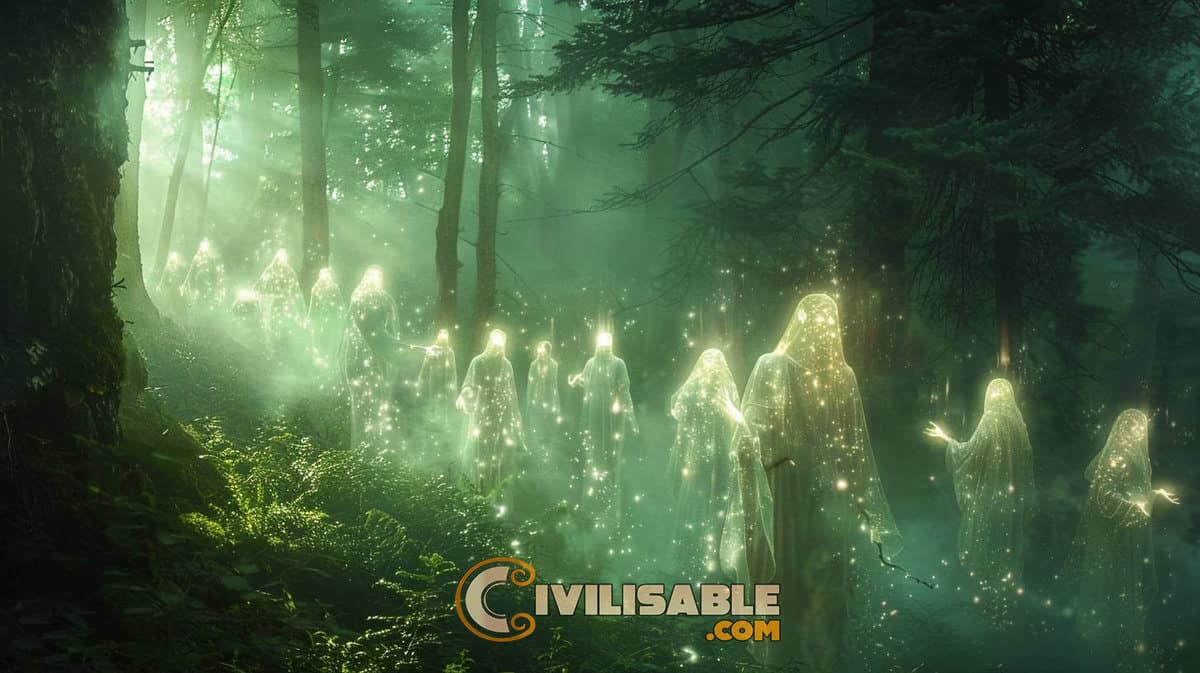
German folklore creatures are integral to the cultural fabric of the country, with many of these mythological beings coming to life in vibrant festivals and enduring traditions. These creatures, which range from terrifying figures like Krampus to enchanting spirits like Lorelei, have inspired centuries-old customs that still captivate people today.
These festivals are not only a celebration of the supernatural but also a reflection of the human relationship with nature, moral lessons, and seasonal changes. They serve as a reminder of the power of myth and the enduring influence of folklore on German culture.
The Krampuslauf: A Terrifying Christmas Tradition
One of the most famous festivals tied to German folklore is the Krampuslauf, which takes place during the Christmas season, particularly on December 5th, the eve of Saint Nicholas’ Day.
Krampus, a horned and demonic creature, is said to accompany Saint Nicholas to punish naughty children, and the Krampuslauf is a thrilling, terrifying event where people dress as Krampus, parade through the streets, and scare spectators.
The origins of Krampus can be traced back to pre-Christian Alpine traditions, where he was a figure of punishment and moral instruction. Today, the Krampuslauf has become an important part of Christmas celebrations in southern Germany and Austria, where it continues to blend the festive spirit with a chilling reminder of the consequences of misbehavior.
Lorelei Festival: Celebrating the Enchanting Water Spirit
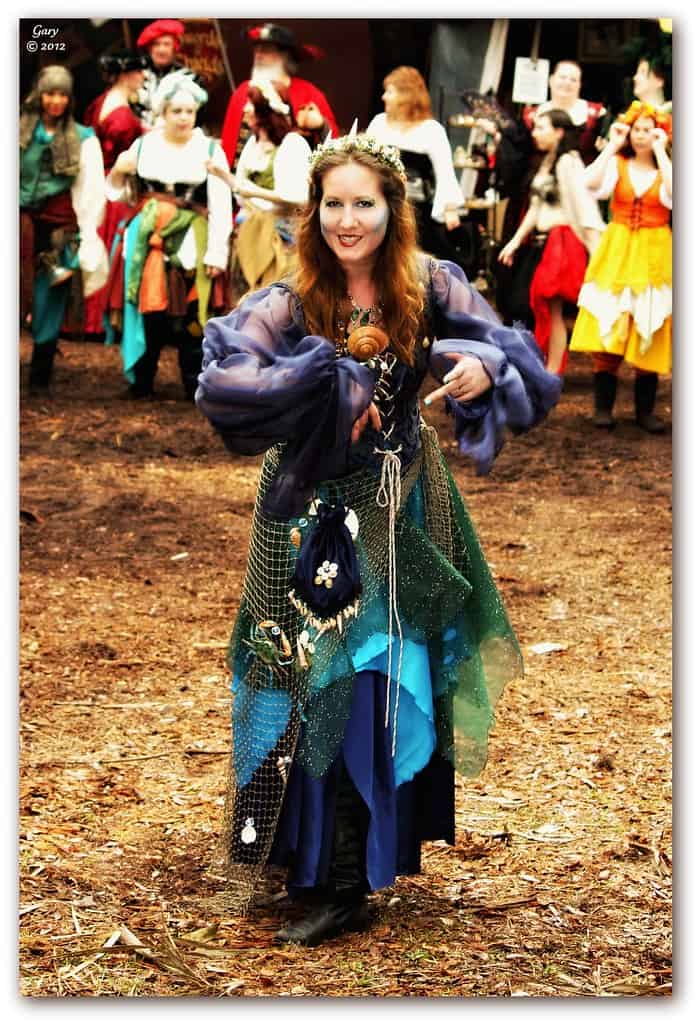
Another significant festival that celebrates a legendary creature is the Lorelei Festival, held annually along the Rhine River. The festival honors the legend of Lorelei, a beautiful water spirit who is said to sit atop a steep rock near the river, enchanting sailors with her song and causing them to crash into the rocks below.
The Lorelei Festival is a celebration of both the natural beauty of the Rhine and the myth that has long been a part of the region’s identity. The festival includes boat races, musical performances, and reenactments of the myth, all of which allow participants to immerse themselves in the story of Lorelei and her dangerous allure.
It serves as a reminder of the river’s power, as well as the deep connection between folklore and the natural environment.
Frau Holle’s Winter Celebrations: The Goddess of Snow
In the winter months, German traditions celebrate Frau Holle, the winter goddess who is believed to shake her featherbed to bring snow to the earth. During the cold season, several regions in Germany hold rituals and celebrations to honor Frau Holle and her role in the arrival of winter.
These celebrations, which often coincide with the winter solstice, involve shaking blankets or beds to symbolically invoke her snow-bringing powers.
The legend of Frau Holle teaches important lessons about hard work and kindness, as those who treat others well are rewarded, while the lazy and deceitful face consequences. In many fairy tales, Frau Holle is depicted as a wise and just figure, and these winter festivals are a continuation of the cultural respect for natural forces and moral lessons embedded in her legend.
The Tatzelwurm and Alpine Myths: Celebrating Mysterious Creatures
The Tatzelwurm, a serpent-like creature with the head of a cat, is another figure that inspires regional festivals in the Black Forest and the Alps. While the Tatzelwurm itself is an elusive creature, the festivals honoring it focus on the rich folklore of the Alps and the deep, mysterious forests of Germany.
These events often include hikes through the forests, storytelling performances, and reenactments of the creature’s encounters with humans.
The Tatzelwurm represents the mysteries of the mountain ranges, embodying the dangerous and unexplored territories that have long been part of the German consciousness. The festivals serve to keep these ancient tales alive, celebrating the balance between the known and unknown, while honoring the mythical creatures that inhabit the wilderness.
See Also German Vintage Clothing
4. The Influence of German Folklore Creatures in Arts and Media

German folklore creatures have had a lasting influence on various forms of art and media. From fairy tales and literature to film, music, and video games, these mythical creatures such as Krampus, Lorelei, and Frau Holle continue to inspire creative works.
Their rich stories, woven through generations, remain integral to modern storytelling and cultural representation.
Fairy Tales and Literature
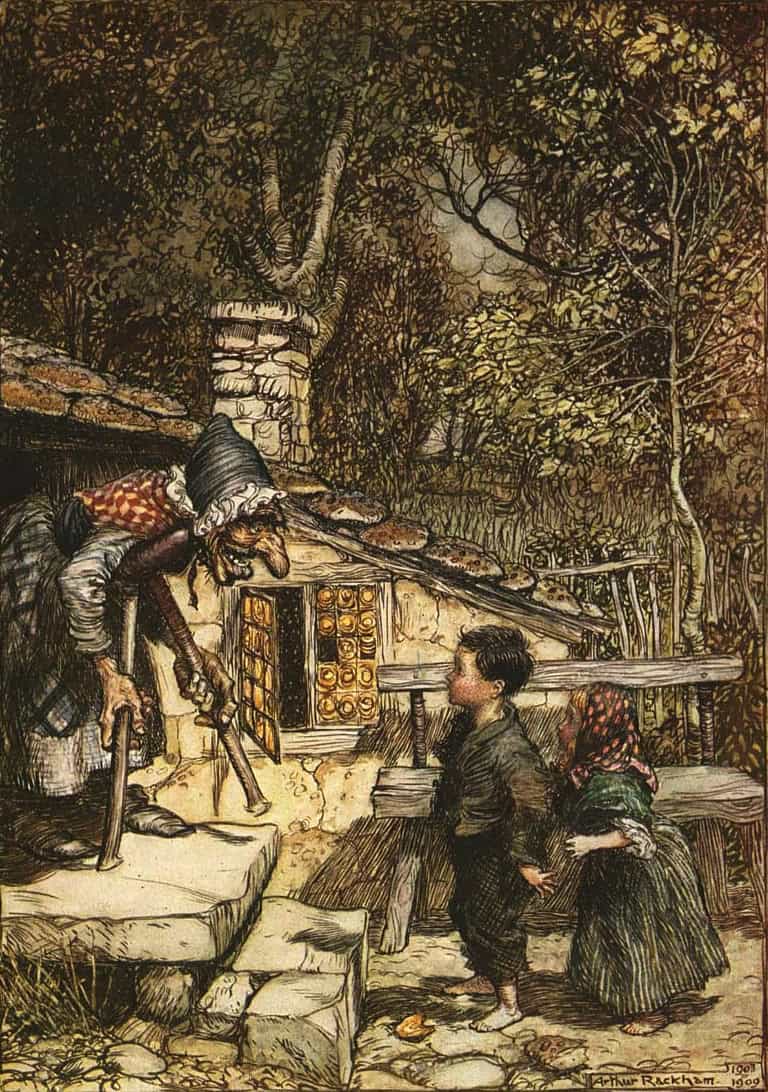
The Grimm Brothers’ collection of fairy tales helped preserve German folklore and brought many mythical creatures into the spotlight. These creatures often symbolize moral lessons and explore universal themes.
- Fairy tales like Hansel and Gretel and Snow White feature creatures and beings that continue to appear in books, films, and shows.
- The Grimm Brothers‘ tales have been adapted and retold worldwide, shaping how folklore creatures are understood in both traditional and modern settings.
- Creatures like Krampus and Rumpelstiltskin still play prominent roles in various adaptations, from children’s stories to darker reinterpretations.
Visual Arts
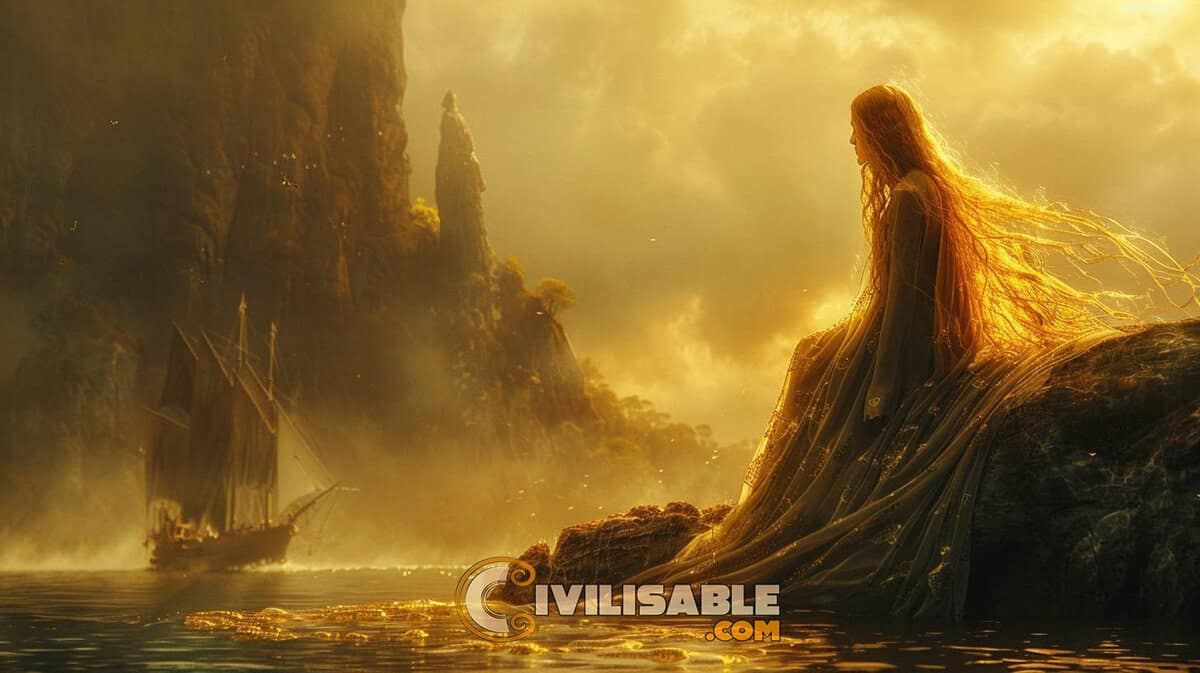
Artists throughout history have captured the essence of German folklore creatures through their art. These works often emphasize the mysterious and eerie qualities of the creatures, depicting them in ways that resonate with the cultural imagination.
- Franz Xaver Winterhalter and Johann Heinrich Füssli are among the artists who have illustrated these legendary beings, bringing them to life on canvas.
- The Black Forest and other German landscapes, filled with folklore creatures, became iconic backdrops in these artworks.
These visual representations influenced how audiences view creatures like Krampus or Lorelei, giving them a distinct look and feel in both classical and modern depictions.

Film and Television
Many folklore creatures have transitioned to the screen, particularly in the realms of fantasy, horror, and adventure. These adaptations often maintain the original themes of these creatures while updating them for contemporary audiences.
- Films such as Krampus (2015) and Hansel and Gretel: Witch Hunters (2013) bring legendary figures to life, with Krampus becoming a central figure in modern horror.
- Fairy tale elements have been adapted into family-friendly films as well, like Disney’s Snow White, showcasing the enduring appeal of these ancient legends.
- TV shows and movies continue to explore these creatures’ dual roles as both figures of terror and lessons in morality.
Video Games and Popular Culture
In today’s digital world, German folklore creatures have found new life in video games and popular culture, where their mythical and supernatural qualities are explored in interactive formats.
- The Witcher series, though inspired by Slavic folklore, draws heavily from Germanic myths and features creatures like Krampus and Elfen, bringing them into the interactive realm of fantasy gaming.
- Popular culture has embraced these creatures in everything from comic books to TV series, ensuring their relevance in contemporary media.
- Video games often allow players to encounter these legendary beings, offering new ways to interact with German folklore and experience the magic and menace these creatures represent.
Key Takeaways About German Folklore Creatures
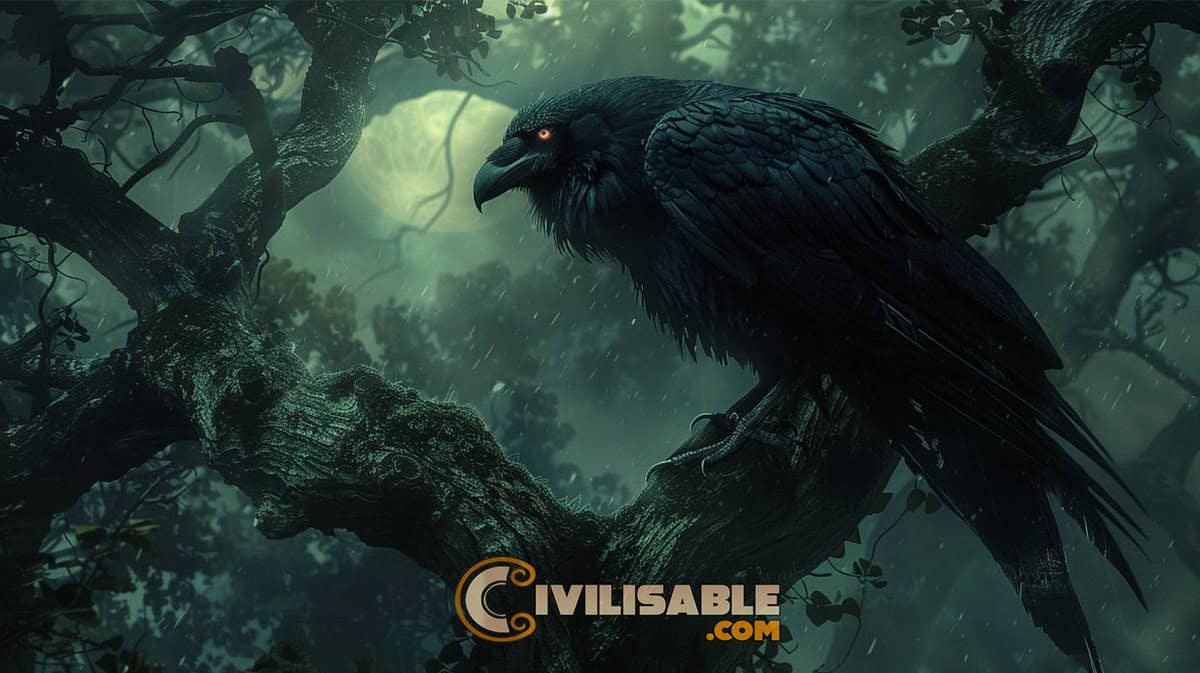
German folklore creatures hold a significant place in the country’s cultural history, influencing various forms of art, literature, and media.
From the terrifying Krampus and the enchanting Lorelei to the wise Frau Holle, these legendary beings have been passed down through fairy tales and myths, shaping the values and morals of German society.
These creatures continue to inspire modern adaptations, from movies and television shows to video games, demonstrating their enduring appeal. Their influence can also be seen in traditional festivals, where people celebrate and embody these figures in vivid, communal events.
FAQ
Some of the most famous creatures include Krampus, a demon-like figure that punishes naughty children, Lorelei, a seductive water spirit, and the Tatzelwurm, a serpent-like creature from the Alps.
German folklore creatures have inspired countless works of art, literature, and films. They appear in fairy tales, festivals like the Krampuslauf, and continue to influence modern media, including movies, video games, and television shows.



